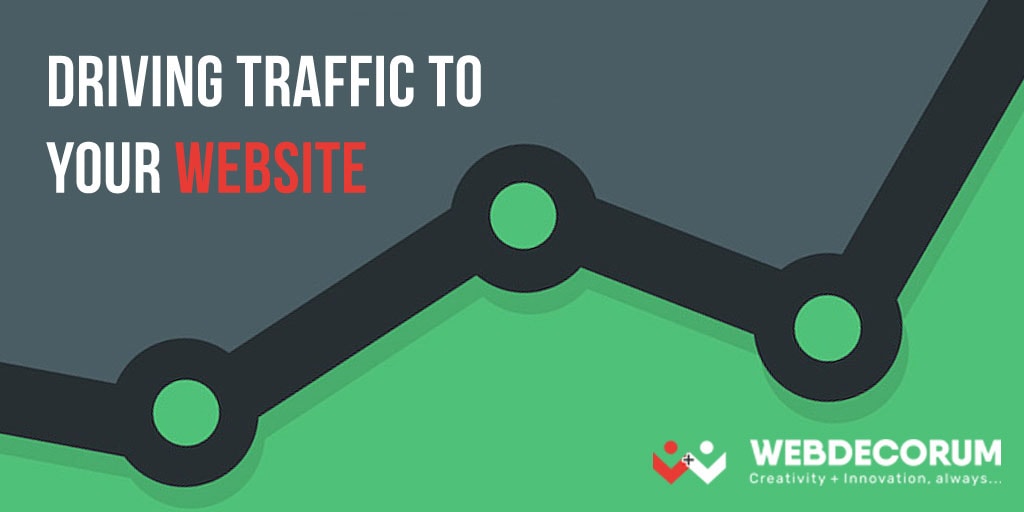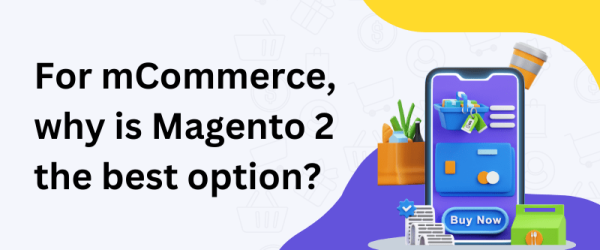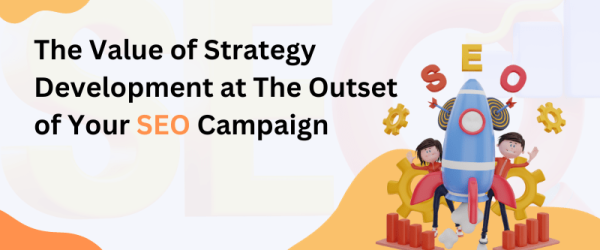How Web Decorum Makes It Easy
It’s been said that a website should be your cheapest salesperson—an always-on, 24/7/365, one-stop resource about your company, available products or SEO services, competitive positioning, and enough tailored calls-to-action to Driving Traffic to website to express interest.
No, any human can come close to who can provide these services.
But how do you get your website to do this?
And It starts with traffic.
When you are thinking of driving traffic to your website, a question comes to you: do you want quantity or quality? If your business is new (or your product is under construction) and your goal is to get the word out, then quantity is important. Also, if your product has wide appeal, quantity is arguably better than quality. Most customers tell us this, however, their goal is to increase the number of qualified visitors to their website. There are a number of ways to accomplish this goal, but one sure-fire investment that has an immediately trackable ROI is Search Engine Marketing.
Search Engine Marketing
Search Engine Marketing (SEM) is a form of adapting your web assets and online presence to enhance your brand online, increase lead conversion and website traffic, and overall increase ultimately sales and leads. But the two most popular are search engine optimization and pay-per-click advertising.
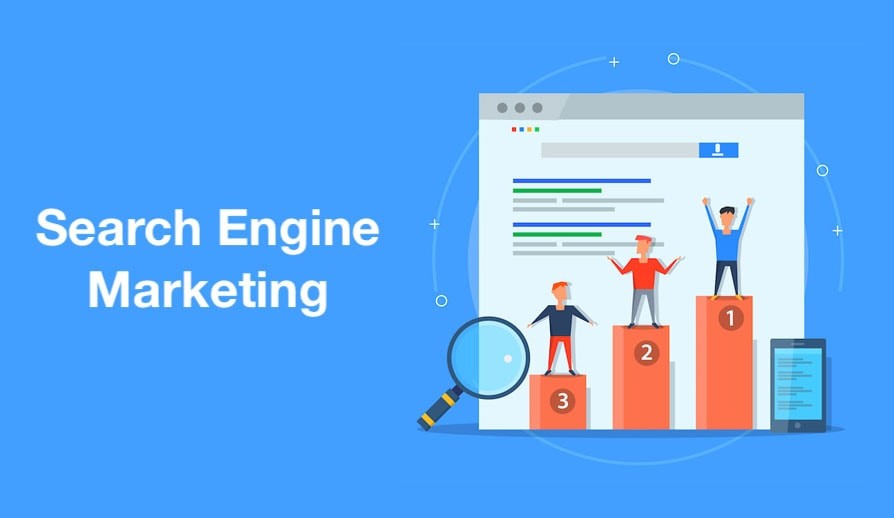
Search Engine Optimization
Search Engine Optimization (SEO), also referred to as organic search or natural search to Driving Traffic, refer to listing results that are produced by search engine indexing algorithms rather than sponsored links (see image below). Factors determine many on-page and off-page relevance, and each search engine has its own unique algorithm to determine relevance. A search engine’s algorithm criteria change regularly in a continual process of attempting to deliver credible, optimal results to its users. The higher the site that scores against the requirements, by organic results it will achieve the higher ranking.
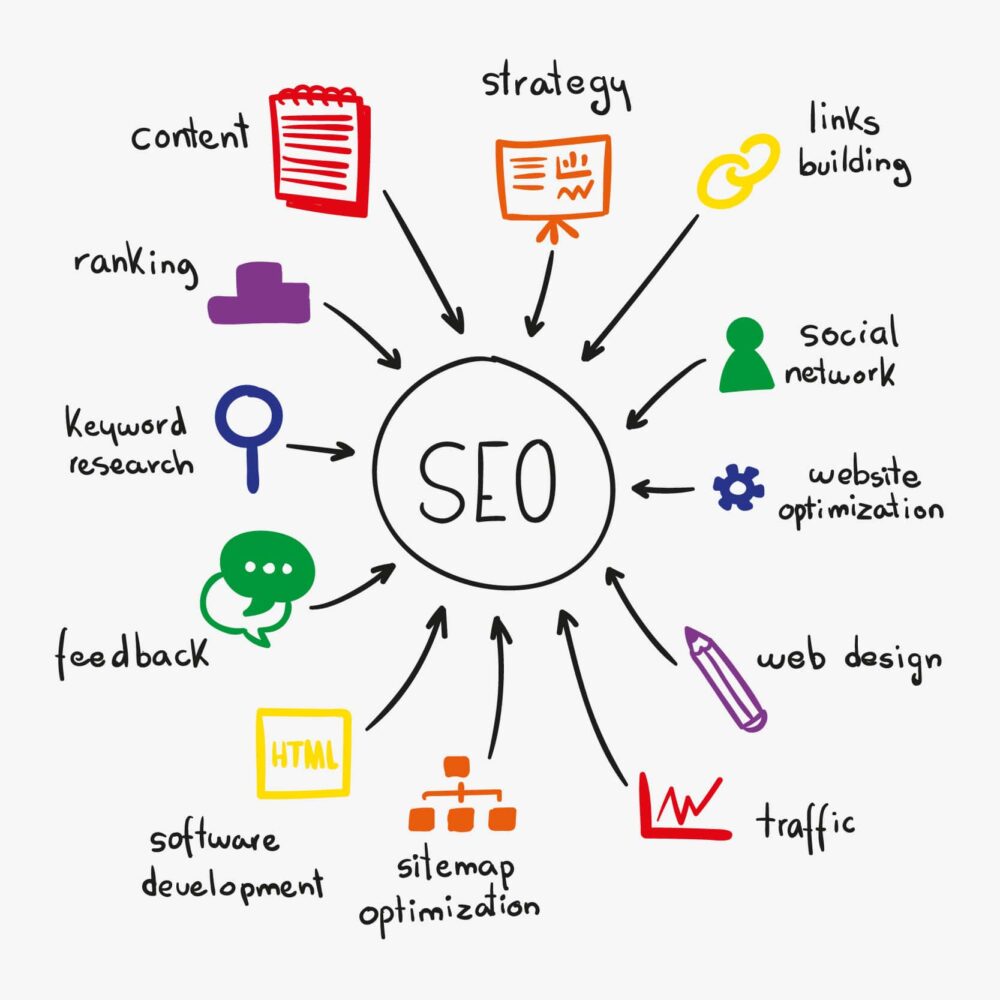
Pay-per-click advertising
Pay-per-click advertising (PPC), also referred to as paid search, is a pay-for-performance bidding system that enables bidding for placement within search engines such as Google, Bing, MSN, and Yahoo (see image below). When used effectively, paid placements can increase qualified site traffic, reduce acquisition costs, and increase sales potential. In-depth strategy planning is the key to effective paid search, expert copywriting, key phrase analysis, detailed reporting and analysis and calls for action.
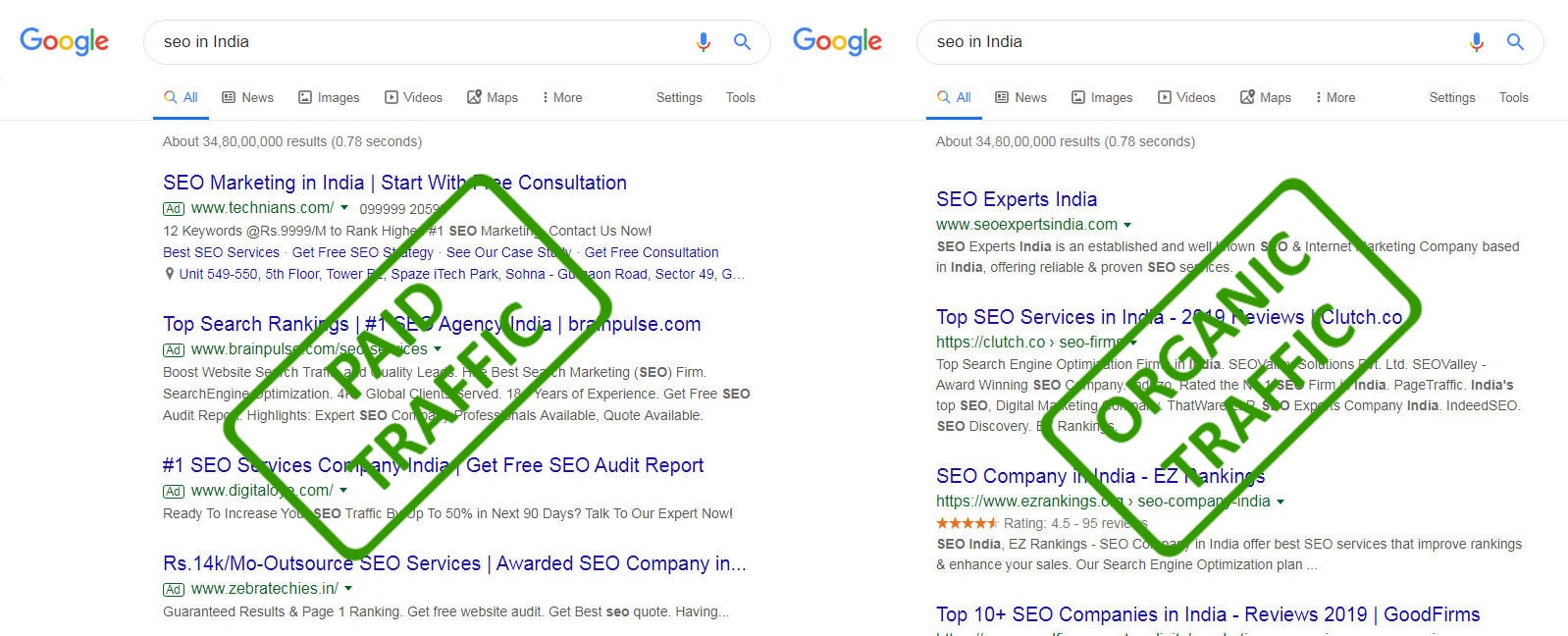
Other starter tactics to drive website traffic include:
- Place your website URL in your email signature:
How many external emails do you send in a given day? Make sure your email signature calls attention to your site. - Submit your URL to search sites and directories:
Doing so helps to ensure that when a search is performed all of your pages are indexed, found, and available for display. - Email your community to announce and promote the launch of your website/product or services:
Use your email newsletter (you do have an email newsletter to maintain customer contact, right?) to announce and promote your new site to new users and clients. Be sure to emphasize how the site benefits them. - Issue press releases:
Not only do press releases serve as a good link-building activity, but few ways are better to generate traffic in a short period of time.
Finally, ensure that you optimize your site to serve a broad range of visitors by using appropriate information architecture and including call-to-action elements. Thus, no matter how a visitor arrives at your site, you can be confident that if they are qualified, they will respond – the most important end result of increased website traffic.
